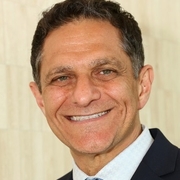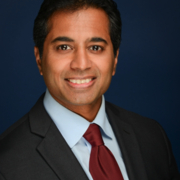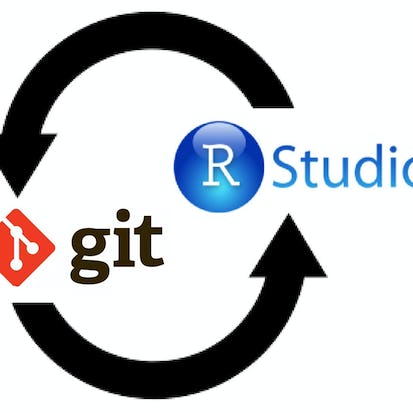- Level Foundation
- المدة
- الطبع بواسطة Icahn School of Medicine at Mount Sinai
-
Offered by

عن
Otorhinolaryngology is a surgical subspecialty that specializes in management and treatment of conditions relating to the head and neck. Developed at Icahn School of Medicine at Mount Sinai and led by top-ranked otorhinolaryngology faculty and experts, this specialization on ear, nose and throat disorders focuses on the basics of the anatomy and pathophysiology of these regions. This specialization starts with an outline of what patients and professionals need to know about voice disorders. The course describes the last 40 years of knowledge gained in vocal production physiology and management options for voice disorders, the knowledge gap created between patients and practitioners, and the entirely new subspecialties of laryngology that have developed in response to this gap. Seeking to address these gaps, the specialization takes a deeper dive to deliver a comprehensive review of acute and chronic rhinosinusitis. This course will describe the potential benefits offered by sinus surgery, as well as the indications to pursue this treatment modality. The course also reviews the necessary preparation and steps of the procedure, as well as important anatomic landmarks during surgical dissection. Lastly, it focuses on the pathophysiology of each type of hearing loss and common pathology in the outer, middle, and inner areas of the ear. From this, learners will also gain an understanding of available treatments for various ear conditions.Auto Summary
"Introduction to Ear, Nose, and Throat Disorders" is a comprehensive course designed for those interested in the field of Otorhinolaryngology, focusing on the management and treatment of head and neck conditions. Presented by the Icahn School of Medicine at Mount Sinai, this course is led by renowned faculty and experts in the field. The curriculum begins with an overview of voice disorders, exploring the past 40 years of advancements in vocal production physiology and management techniques. It addresses the knowledge gap between patients and practitioners and delves into the evolving subspecialties of laryngology. Following this, the course provides an in-depth analysis of acute and chronic rhinosinusitis, including the benefits and indications for sinus surgery, preparation steps, and critical anatomical landmarks for surgical dissection. The final segment focuses on hearing loss, covering pathophysiology and common pathologies affecting the outer, middle, and inner ear, along with available treatments for these conditions. With a foundational level of instruction, this course is ideal for both healthcare professionals and anyone keen to understand ENT disorders. Learners can choose between Starter and Professional subscription options to gain access to the course materials. This engaging and detailed course promises a thorough understanding of ear, nose, and throat disorders, equipping students with essential knowledge in this specialized medical field.

Mark S. Courey, MD

Satish Govindaraj, MD

Maura K Cosetti, MD


